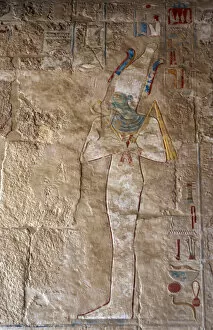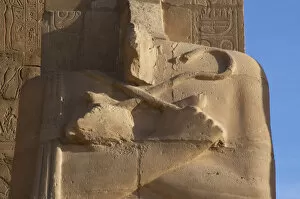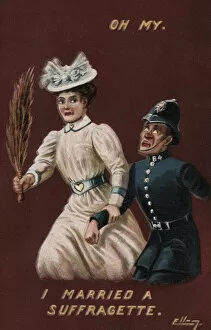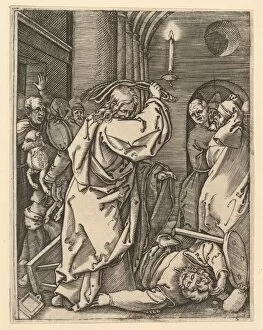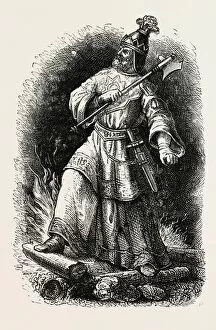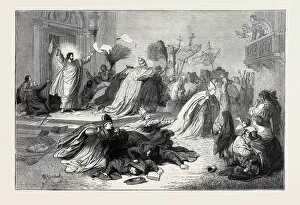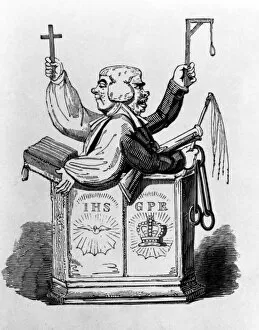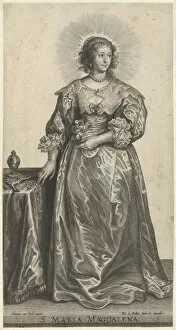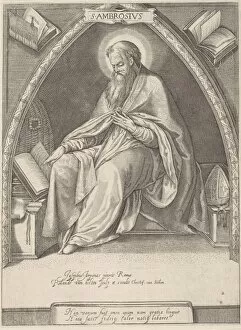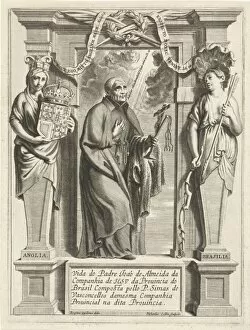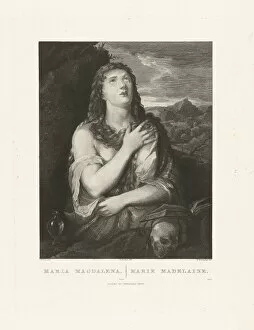Scourge Collection (#2)
"Unveiling the Scourge: A Journey through History, Art, and Struggle" In a world where women's rights were once confined to the shadows
For sale as Licensed Images
Choose your image, Select your licence and Download the media
"Unveiling the Scourge: A Journey through History, Art, and Struggle" In a world where women's rights were once confined to the shadows, newspapers became their beacon of hope. Hogarth's masterpiece "The Bench" exposed societal injustices, shedding light on the scourge that plagued gender equality. From Turkey to Tomak, men exercising their power over women was an all too familiar scene. But amidst this darkness emerged figures like Houdini posing with a female medium - defying norms and challenging stereotypes. Artists captured the essence of suffering in different forms throughout history. The pen and ink depiction of "Scourging of Christ" in 1520 showcased the brutality inflicted upon those who dared to challenge authority. Meanwhile, "The Way of the Cross, " an oil painting from 1817, portrayed resilience against oppression. Engravings such as "Flagellum or Scourge" served as reminders that pain could be wielded as a weapon by both oppressor and liberator alike. In contrast, charcoal sketches revealed figures preparing for narrative scenes - symbols of resistance taking shape behind closed doors. "A Slave under the Scourge, " an engraving etched into our collective memory forever highlighted humanity's darkest chapters. Yet within these depths lay frescoes like "Flagellation, " which depicted defiance against tyranny during its creation between 1516-24. Even Attila himself couldn't escape scrutiny; his engraved image serving as a reminder that even conquerors can become victims of their own scourges. Through art and historical artifacts intertwined with tales of struggle and triumphs for justice, we unravelled society's hidden narratives surrounding this pervasive scourge, and is only by acknowledging our past that we can pave a brighter future where darkness no longer prevails over human dignity and equality reigns supreme.

